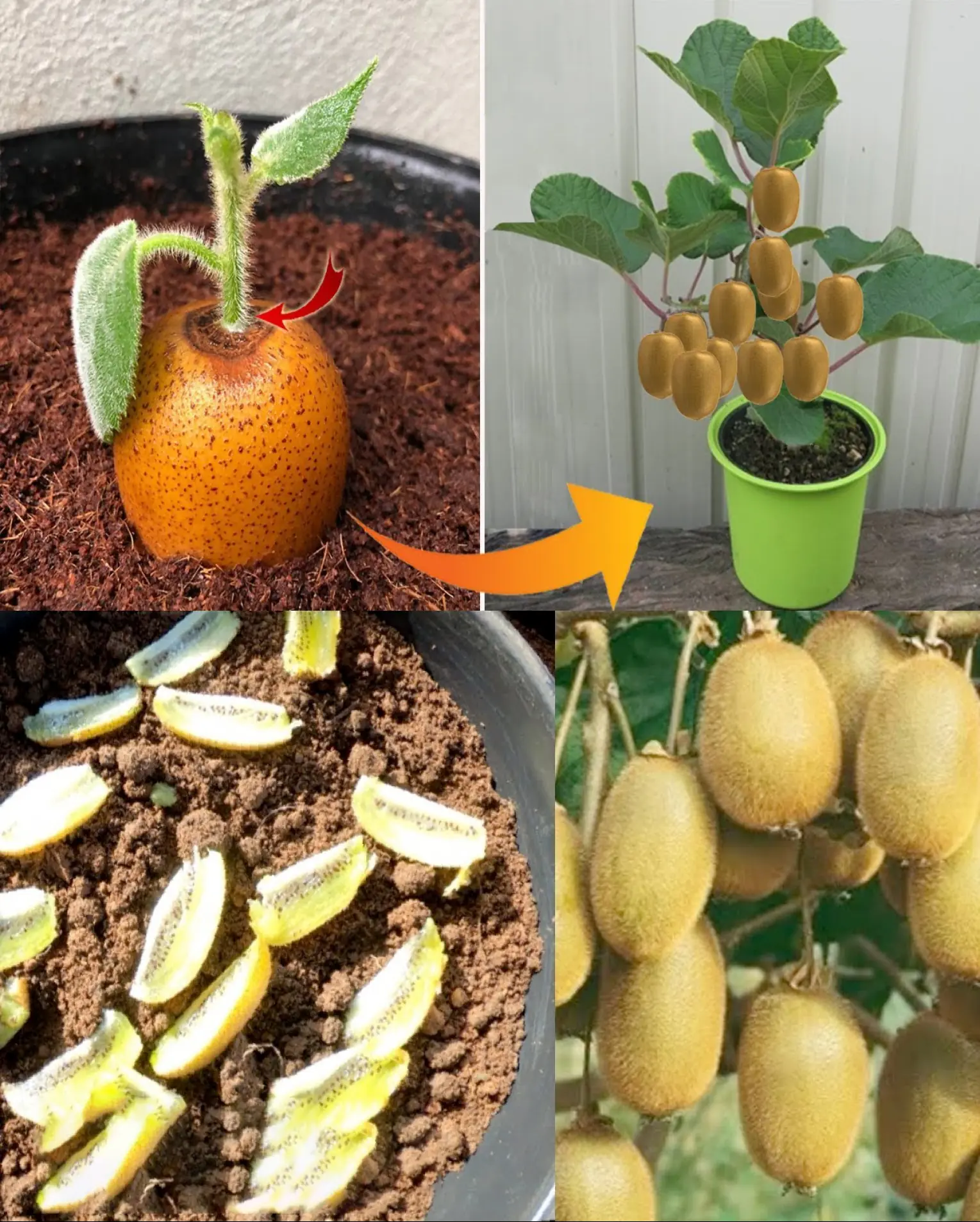
10 Tips for Growing a Big Pepper Harvest

Peppers, whether sweet or hot, are a popular addition to any garden due to their versatility in cooking and their vibrant colors. With the right care and attention, you can achieve a large pepper harvest from your plants. Here are 10 essential tips to help you grow a bountiful pepper crop.
1. Choose the Right Pepper Variety
The first step in a successful pepper harvest is selecting the right variety for your growing conditions. There are numerous pepper varieties to choose from, including bell peppers, jalapeños, chili peppers, and many others. Consider your climate, growing space, and taste preferences when choosing which type of pepper to plant.
-
Sweet Peppers: Bell peppers, banana peppers, and other sweet peppers are great for beginners and grow well in moderate climates.
-
Hot Peppers: Jalapeños, habaneros, and cayenne peppers thrive in warm temperatures and can be very rewarding for those who love spice.
2. Start Indoors or Buy Transplants
Peppers are sensitive to cold and require warm soil to germinate and grow. Start your pepper seeds indoors about 8-10 weeks before the last expected frost, or purchase healthy transplants from a local nursery. Starting them indoors gives them a head start and allows for earlier harvesting.
-
Temperature: Ensure that the soil temperature is around 70-85°F (21-29°C) when starting seeds indoors for optimal germination.
3. Plant in Full Sun
Peppers need plenty of sunlight to grow and produce fruit. Plant them in a location that receives at least 6-8 hours of direct sunlight each day. Sunlight encourages strong, healthy growth and ensures that your plants will produce a high yield.
-
Sun Exposure: Choose a spot in your garden that is sheltered from strong winds, as peppers are delicate and can be damaged by gusts.
4. Ensure Proper Soil Conditions
Peppers prefer well-draining, loamy soil that is rich in organic matter. The pH of the soil should be slightly acidic to neutral, ideally between 6.0 and 6.8. Good soil is crucial for proper root development, so amend the soil with compost or well-rotted manure before planting.
-
Soil Preparation: If your soil is heavy clay or too sandy, add organic compost to improve texture and water retention. You can also use a balanced fertilizer to give your plants the nutrients they need.
5. Water Regularly, But Don’t Overwater
Peppers need consistent moisture, but overwatering can lead to root rot. Water deeply and regularly, ensuring that the soil stays moist but not soggy. Use a drip irrigation system or water at the base of the plant to avoid wetting the leaves, which can encourage fungal diseases.
-
Watering Schedule: Water your plants early in the morning to allow the soil to dry out before evening, reducing the risk of mold and mildew.
6. Use Mulch to Conserve Moisture
Adding a layer of mulch around your pepper plants helps retain moisture in the soil and keeps weeds at bay. Organic mulch, such as straw or wood chips, also improves soil structure as it decomposes over time.
-
Benefits of Mulch: It helps maintain consistent soil temperatures, especially during hot weather, and protects the roots from extreme temperatures.
7. Support Pepper Plants
As your pepper plants grow, they may become heavy with fruit and need some support. Use stakes, cages, or trellises to prevent the plants from falling over. This will help prevent broken branches and keep the peppers off the ground, reducing the risk of rot.
-
Staking: For tall pepper plants, use sturdy stakes to keep them upright and encourage better airflow.
8. Prune and Thin Your Plants
Pruning and thinning your pepper plants can promote better airflow and allow the plants to focus energy on producing larger, healthier fruit. Remove any dead or yellowing leaves, and thin out some of the smaller branches to ensure the remaining branches have enough space to grow.
-
Pinch Back: Early in the growing season, pinch off the first set of flowers to encourage stronger growth and later fruit production.
9. Fertilize for Maximum Growth
Peppers are heavy feeders, meaning they benefit from regular fertilization. Use a balanced fertilizer (such as 10-10-10) or one that’s specifically formulated for peppers. Start fertilizing when the plants are young and continue through the growing season.
-
Organic Options: Organic compost or liquid seaweed fertilizer can also be used to provide steady nutrients and encourage healthy growth.
10. Harvest at the Right Time
To maximize your pepper harvest, pick peppers when they’re fully mature. Different types of peppers change color as they ripen, so it’s important to know the signs of ripeness for your specific variety. Some peppers, like bell peppers, can be harvested while they’re still green, but they will become sweeter as they turn red, yellow, or orange.
-
Harvesting: Use sharp scissors or pruning shears to cut the peppers from the plant, leaving a small portion of the stem attached to avoid damaging the plant.
Conclusion
Growing peppers at home can be a highly rewarding experience when you follow these tips. With proper care, attention to detail, and the right growing conditions, you can expect a bountiful harvest of delicious peppers. From sweet bell peppers to fiery hot varieties, homegrown peppers add incredible flavor to your meals and are a great addition to any garden. Happy gardening!
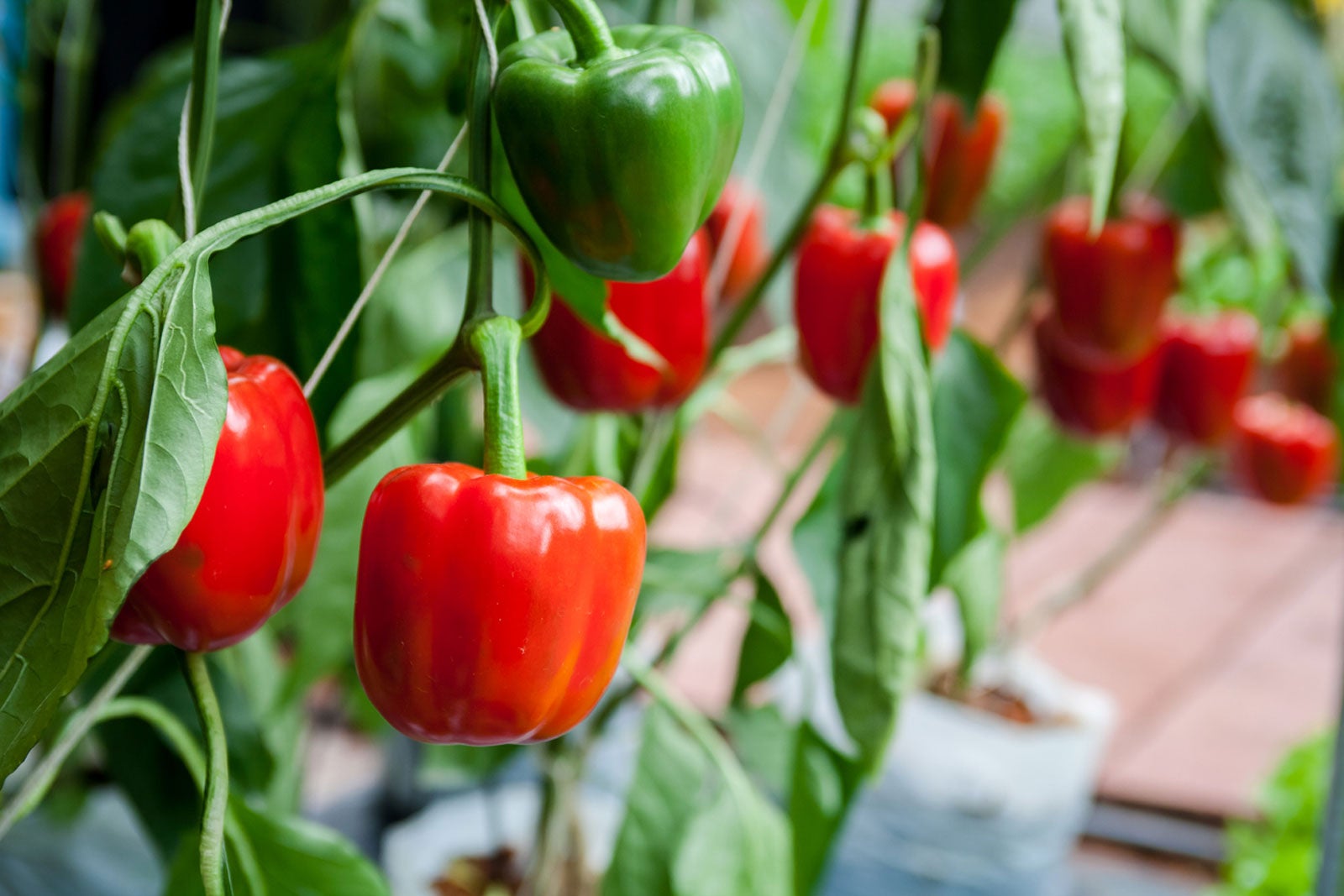
News in the same category

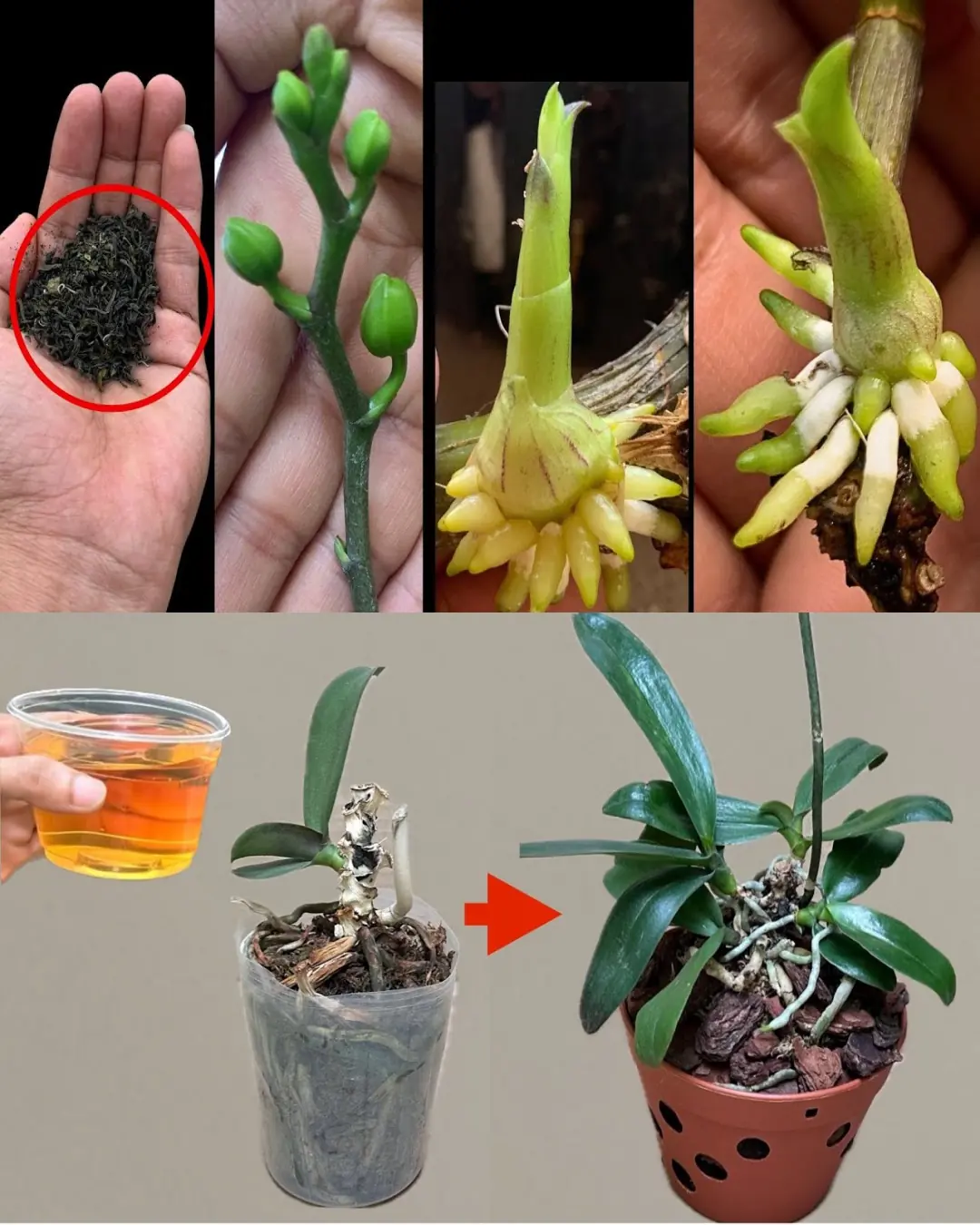
Revitalizing Orchids Using Tea: A Comprehensive Guide with Handy Tips
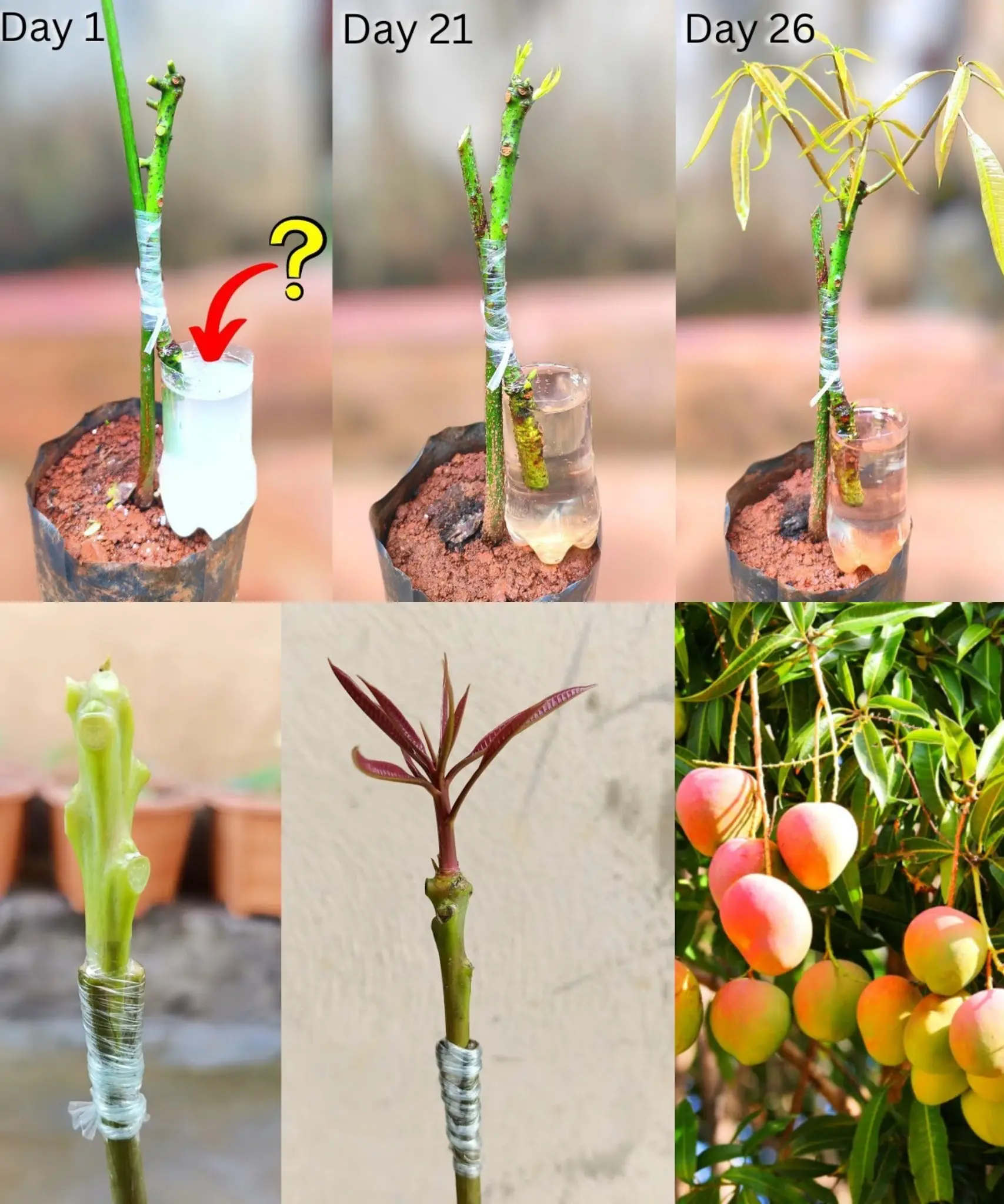
How to Plant a Mango Seed and Successfully Grow
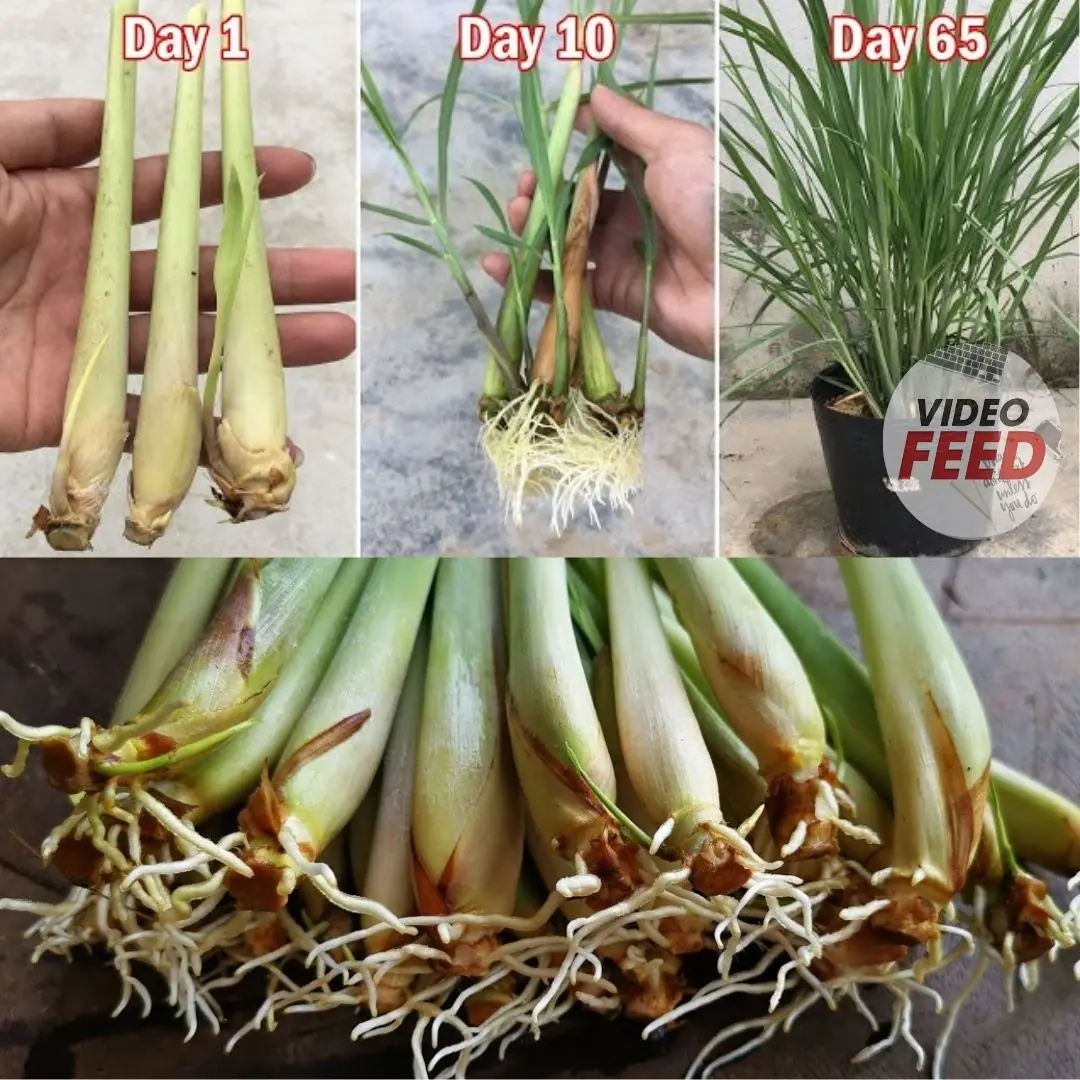
Secrets to growing lemongrass at home – easy to do, suitable for beginners
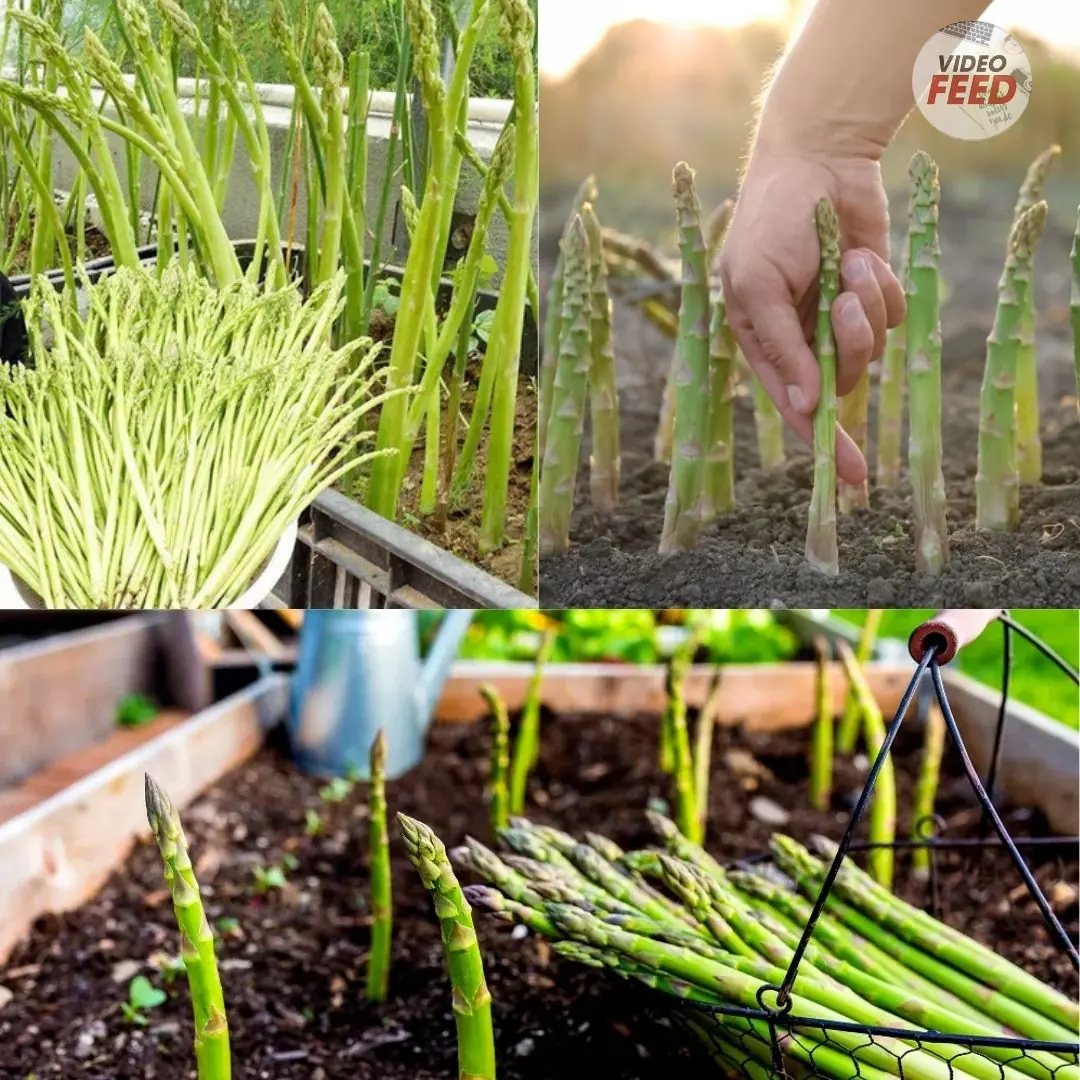
Grow Your Own Asparagus Plants
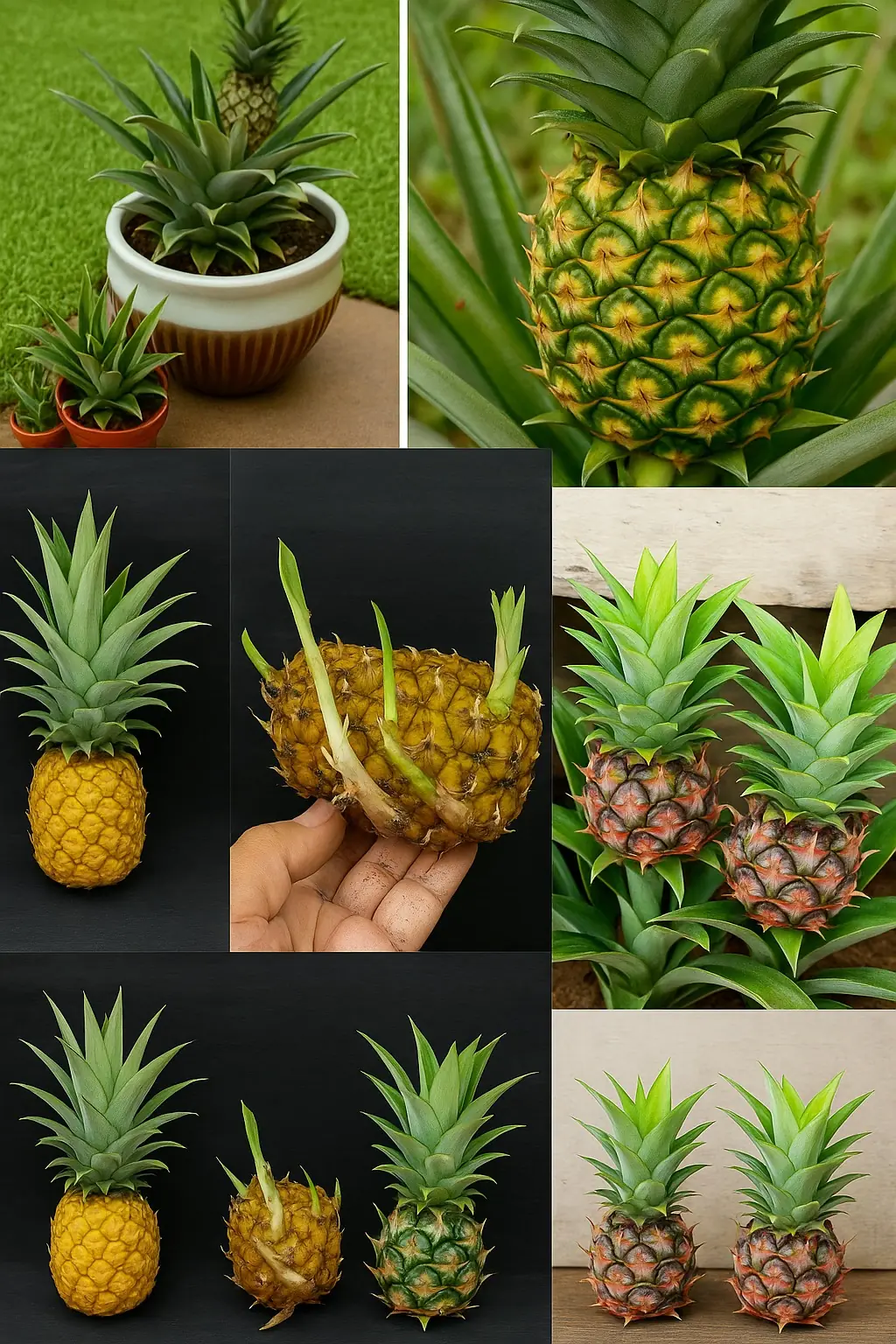
How to Grow a Pineapple at Home: Simple and Fast
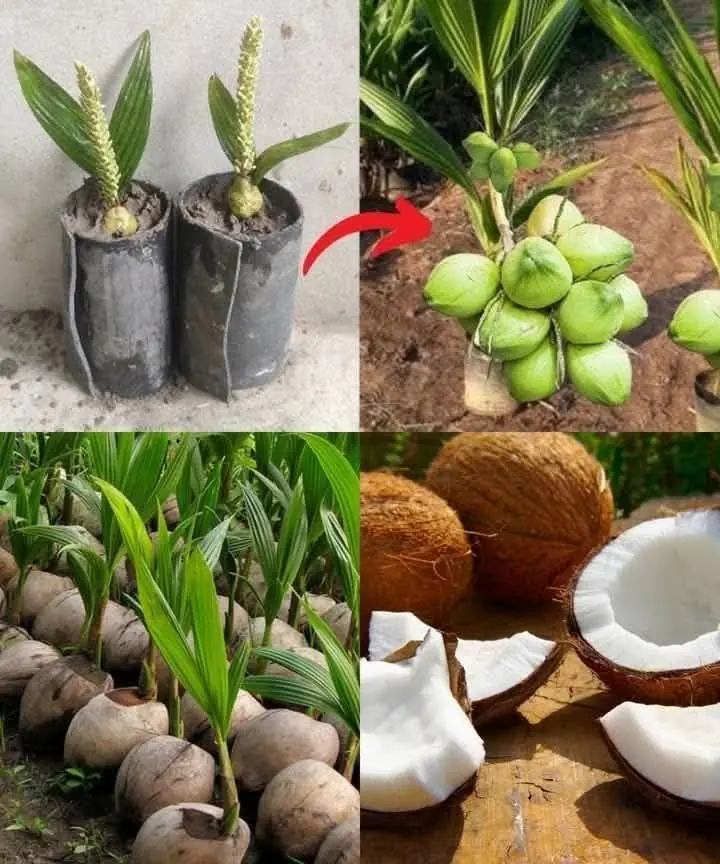
How To Grow Coconut Tree From Coconut Fruit
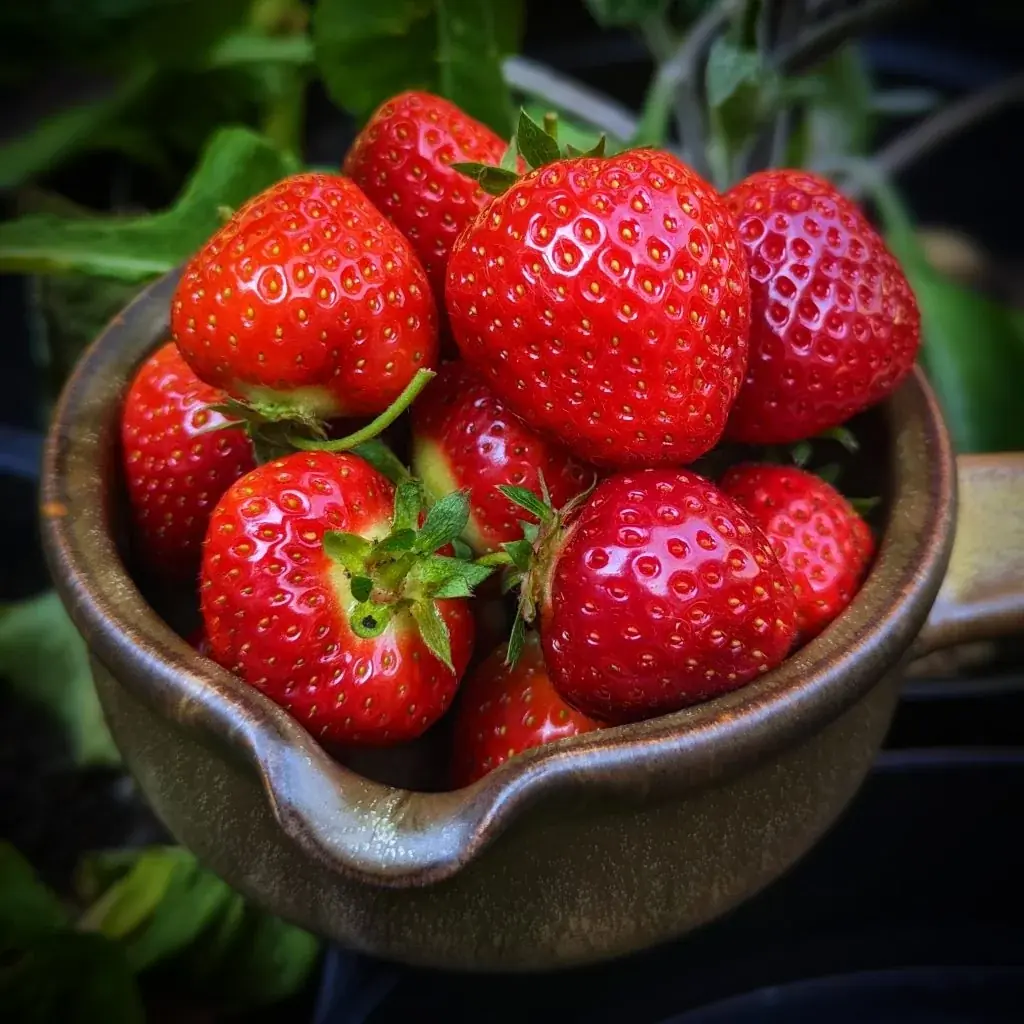
How To Grow Strawberries From Seed
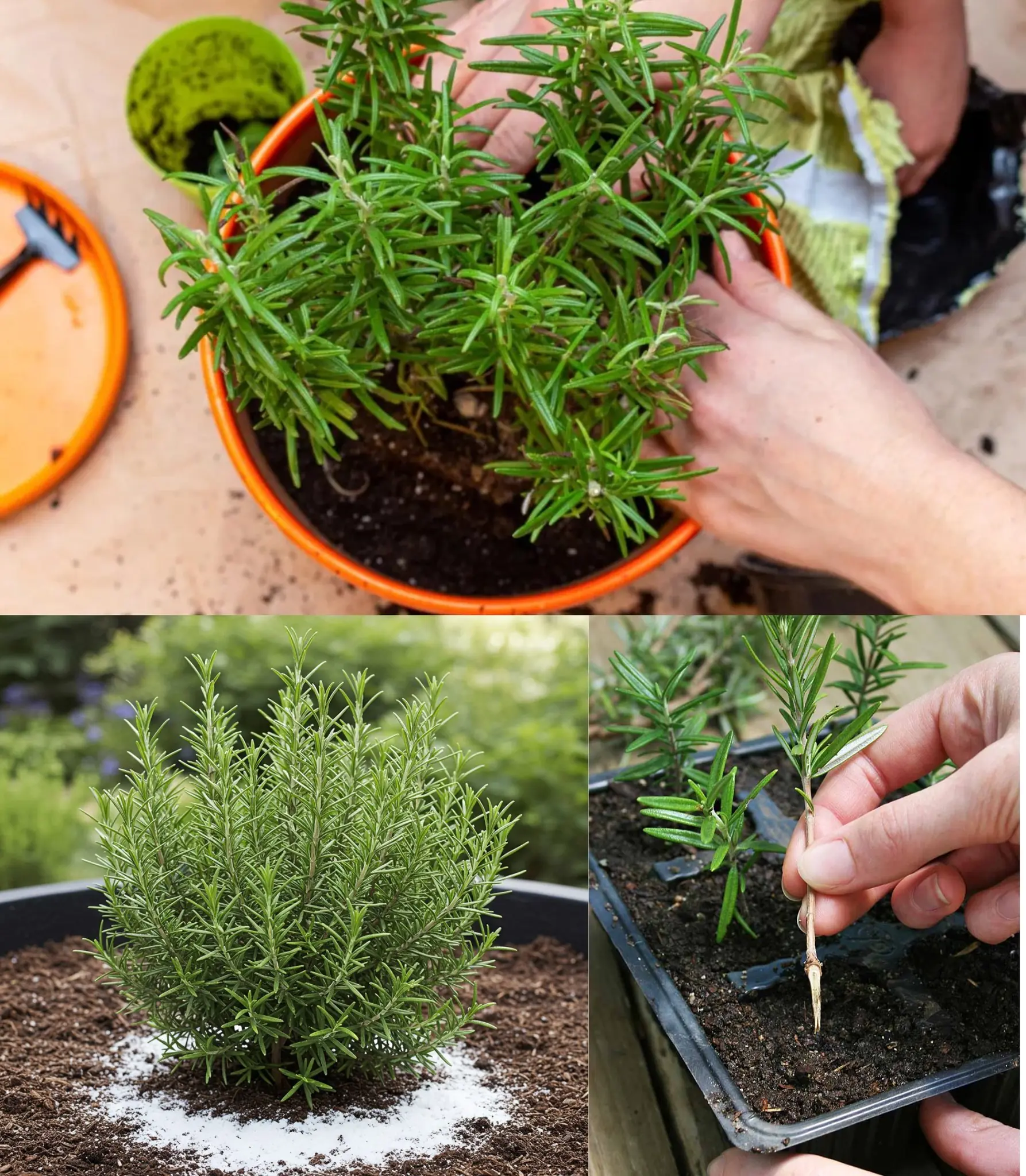
Rosemary Never Dries Again – Here’s the Gardener’s Trick!
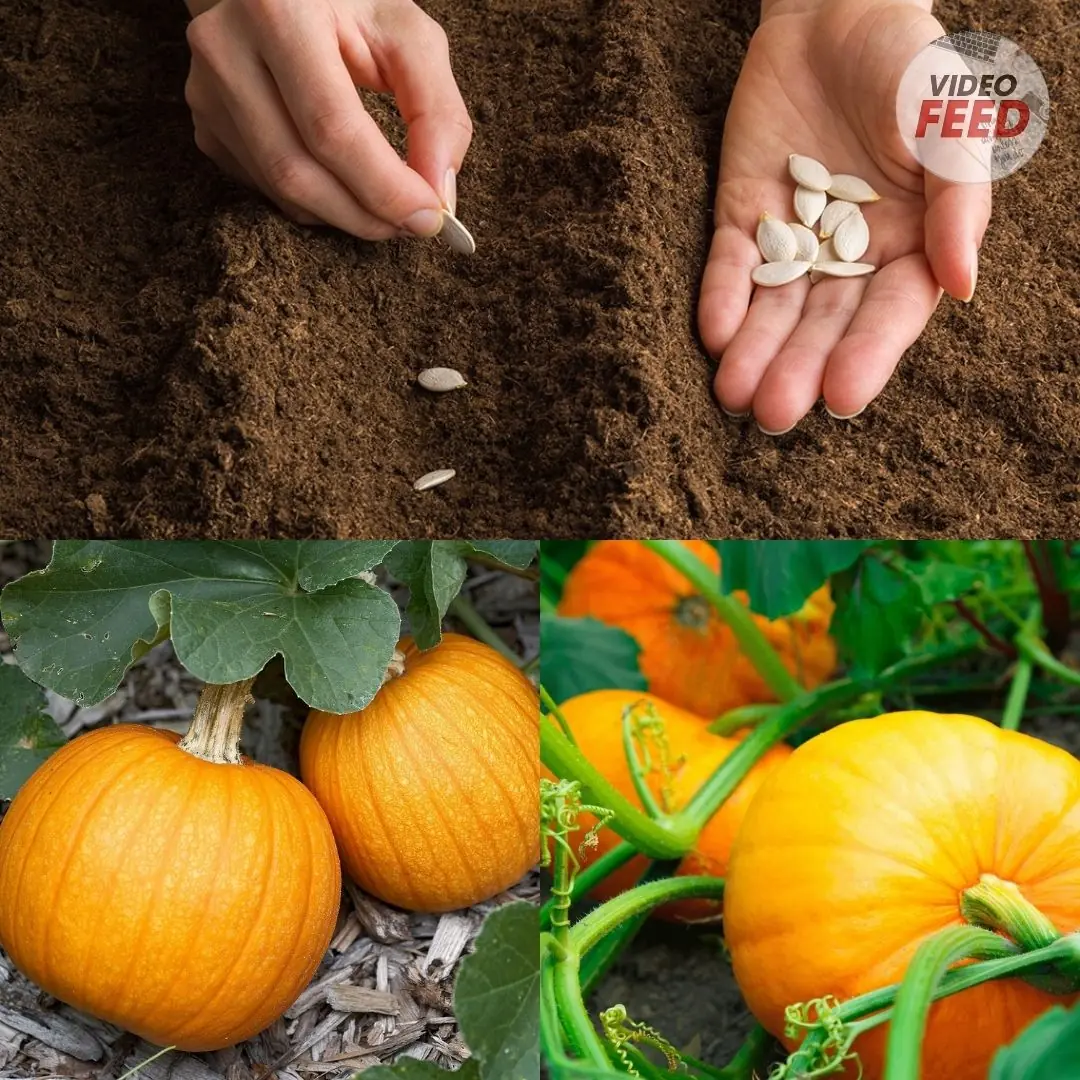
How to Grow Pumpkins in Your Home Garden
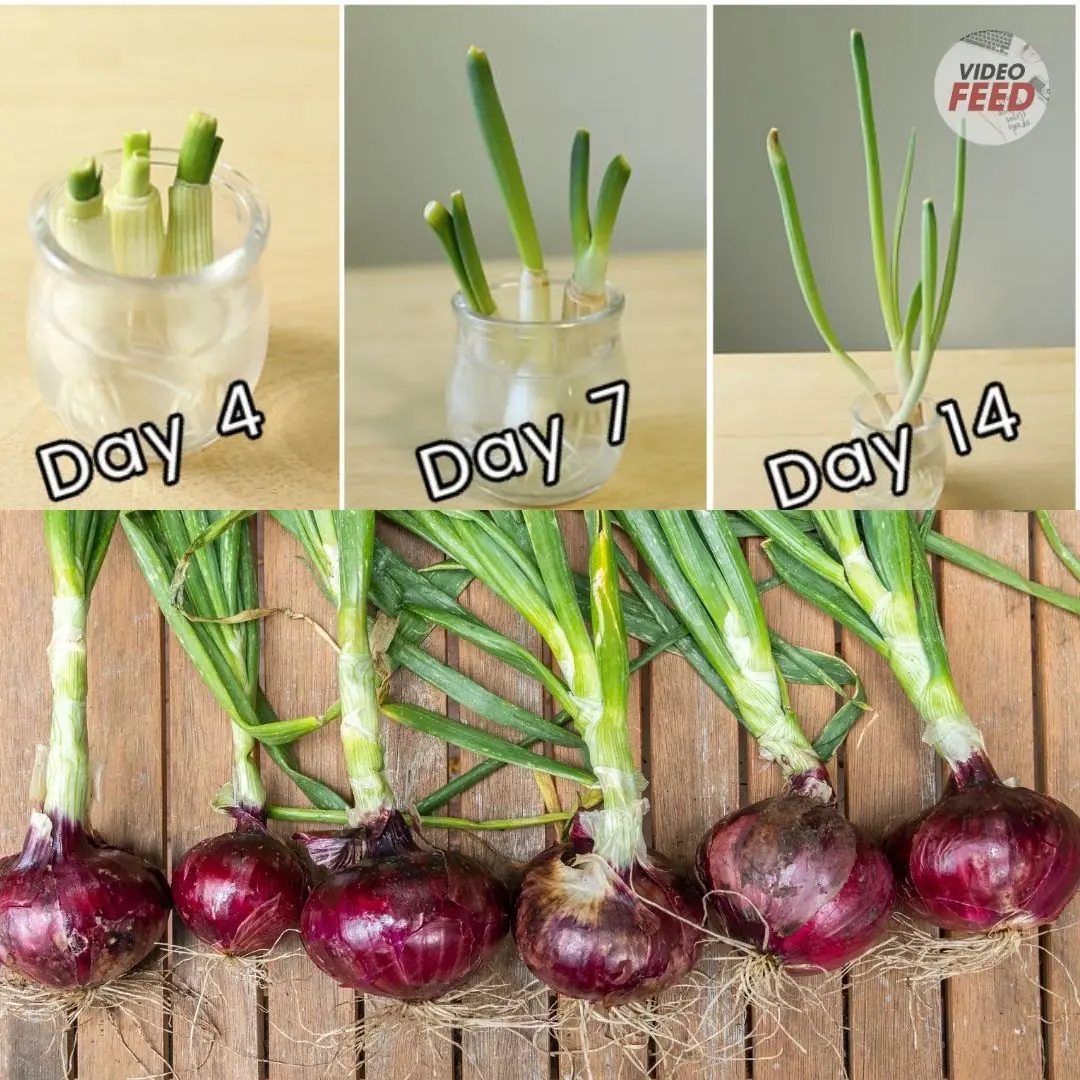
How to Grow and Care for Red Onions in the Garden
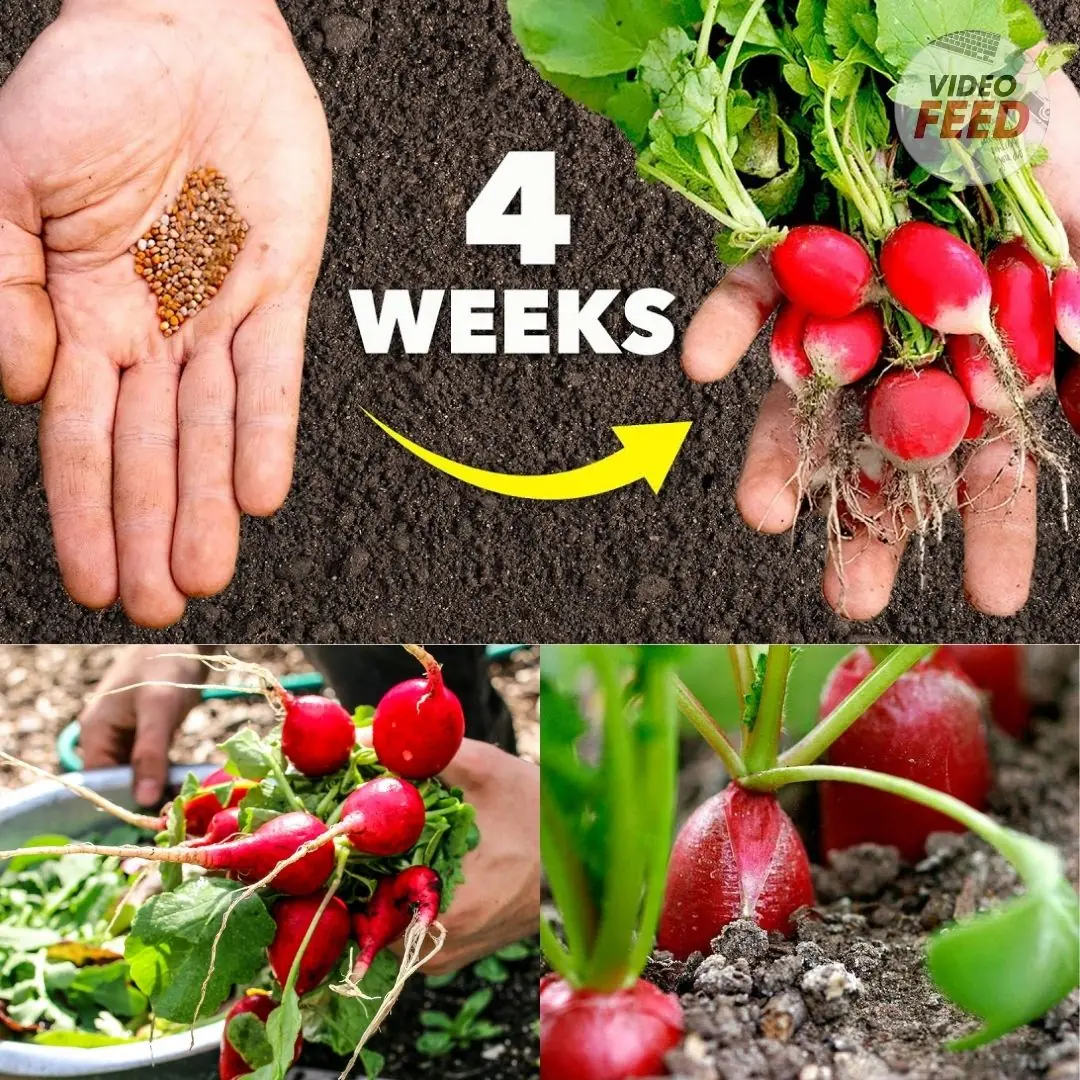
6 Easy Steps to Plant Radish Seeds in an Organic Kitchen Garden
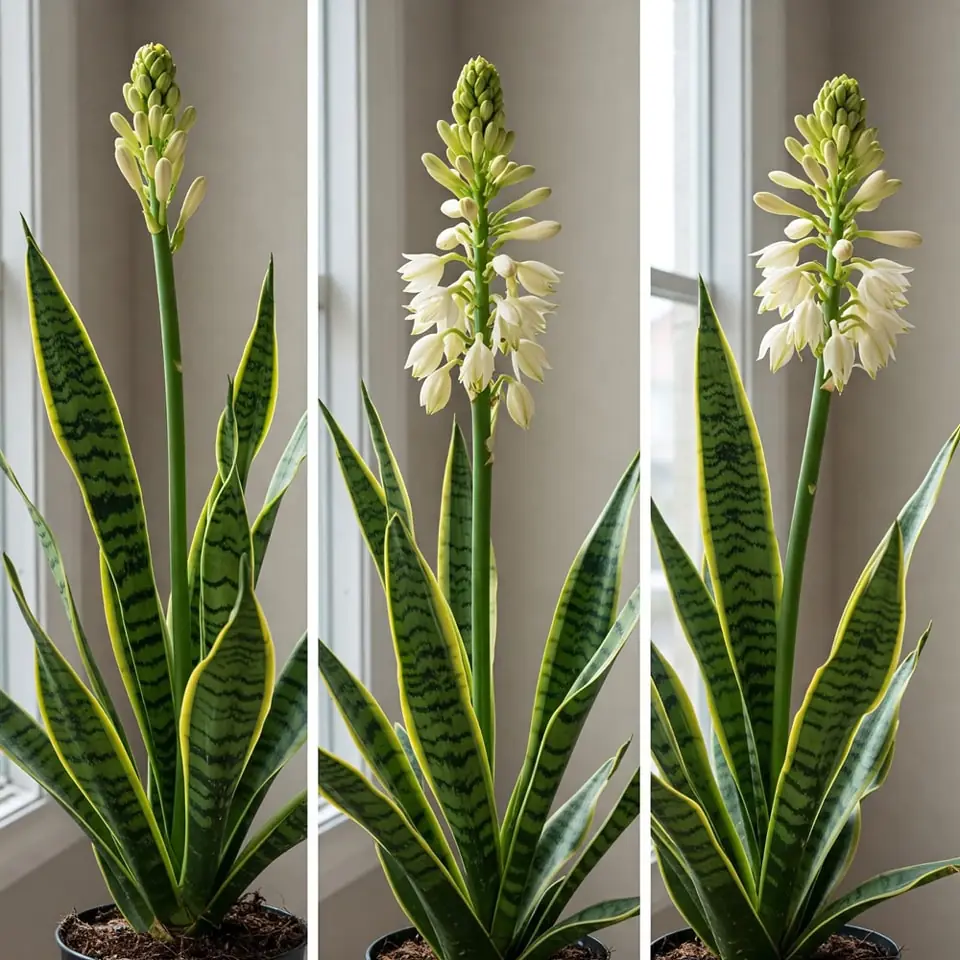
Snake Plants and Their Rare Blooming Phenomenon: A Guide to Encouraging Flowers
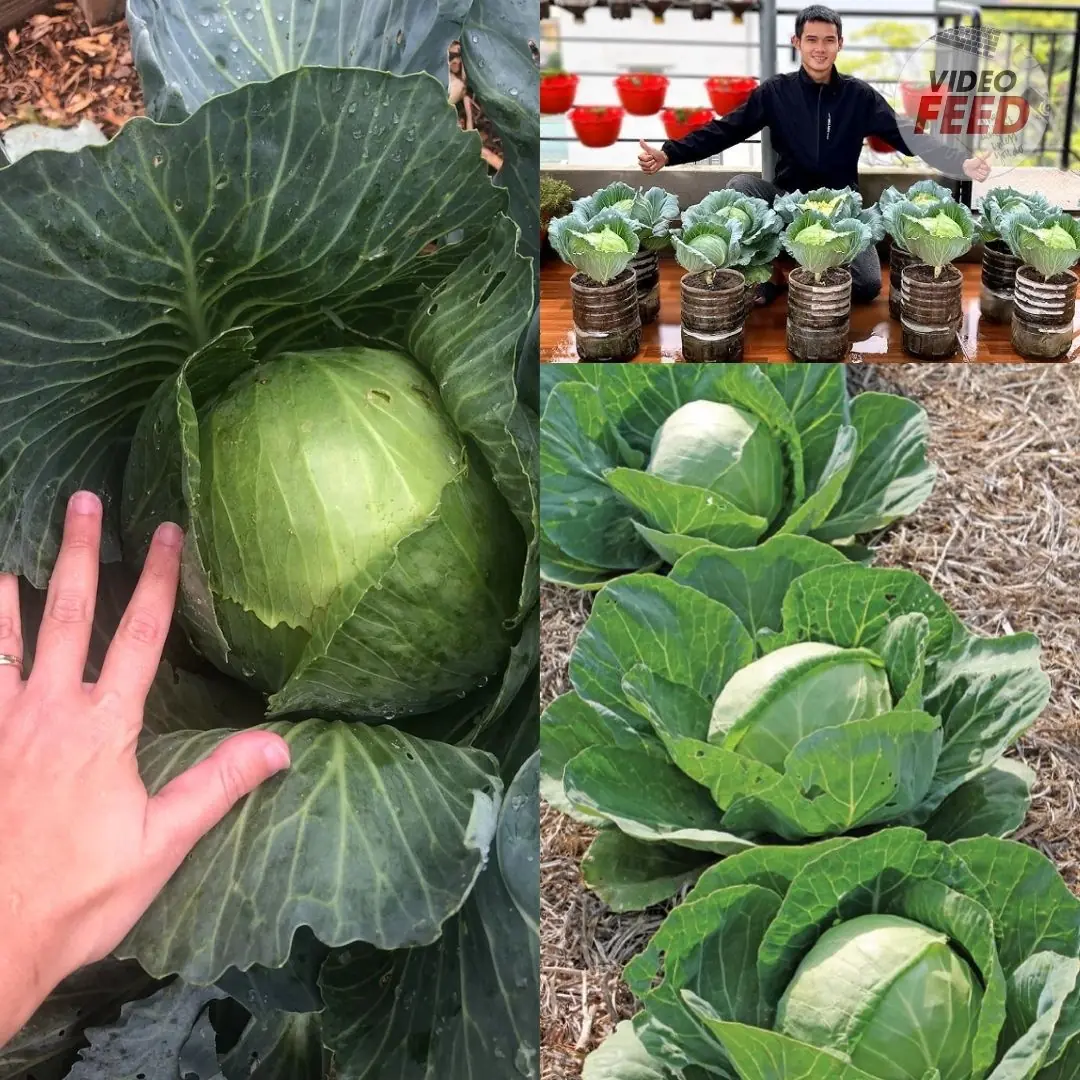
How to Grow Cabbage: 10 Tips for a Successful Harvest
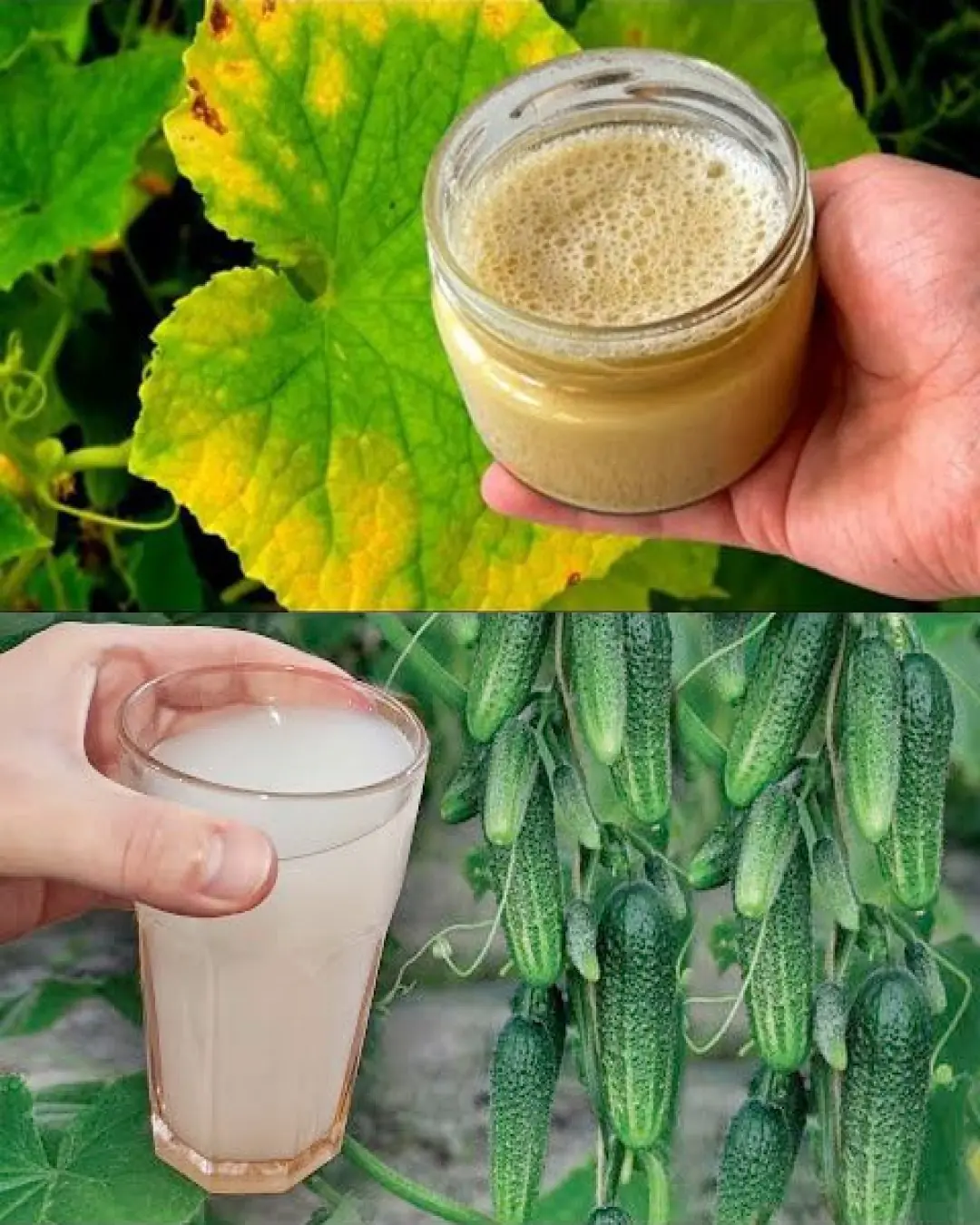
The Power of Yeast: A Natural Booster for Growing Tomatoes, Peppers, and Cucumbers
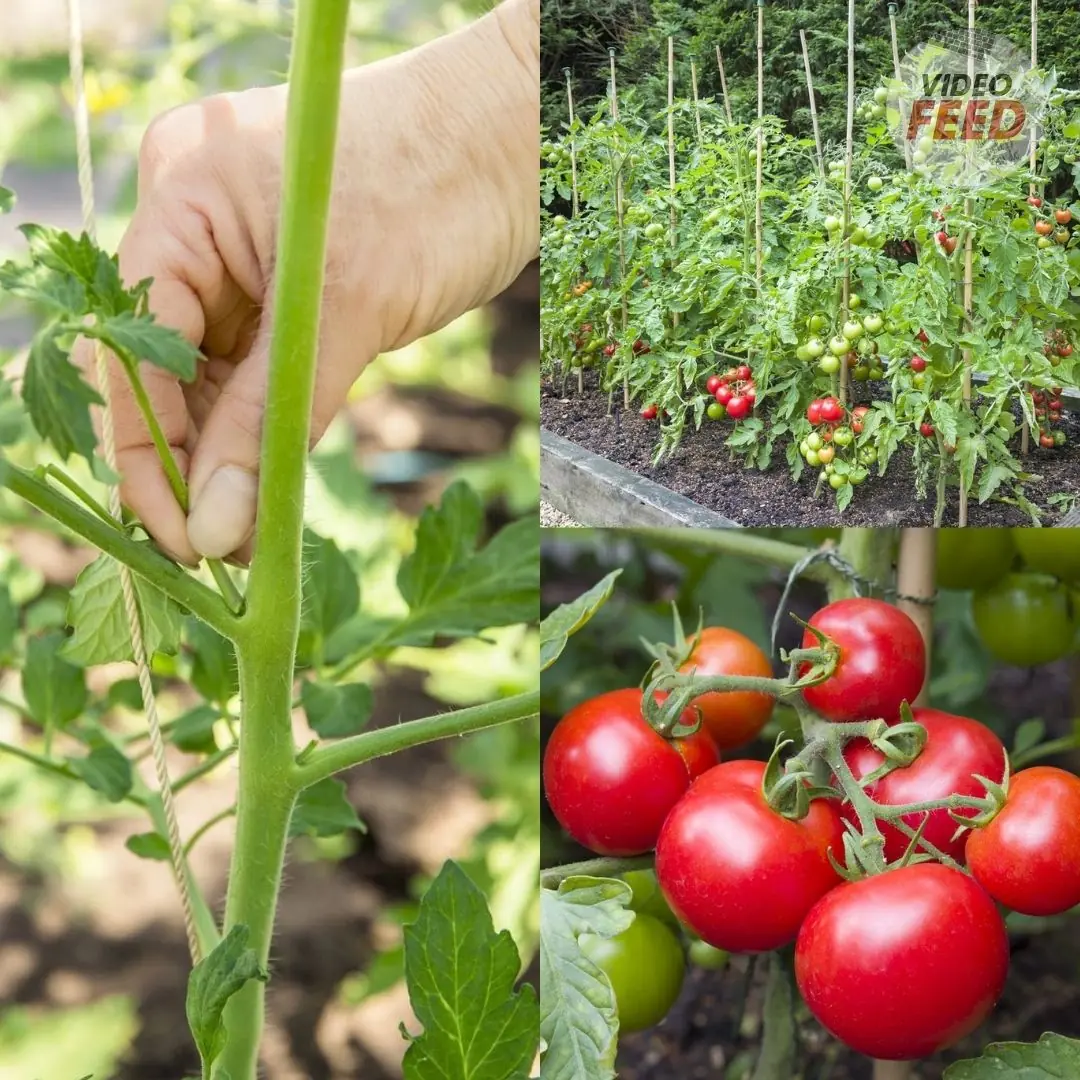
The 8 Biggest Tomato Growing Mistakes, According to Experts
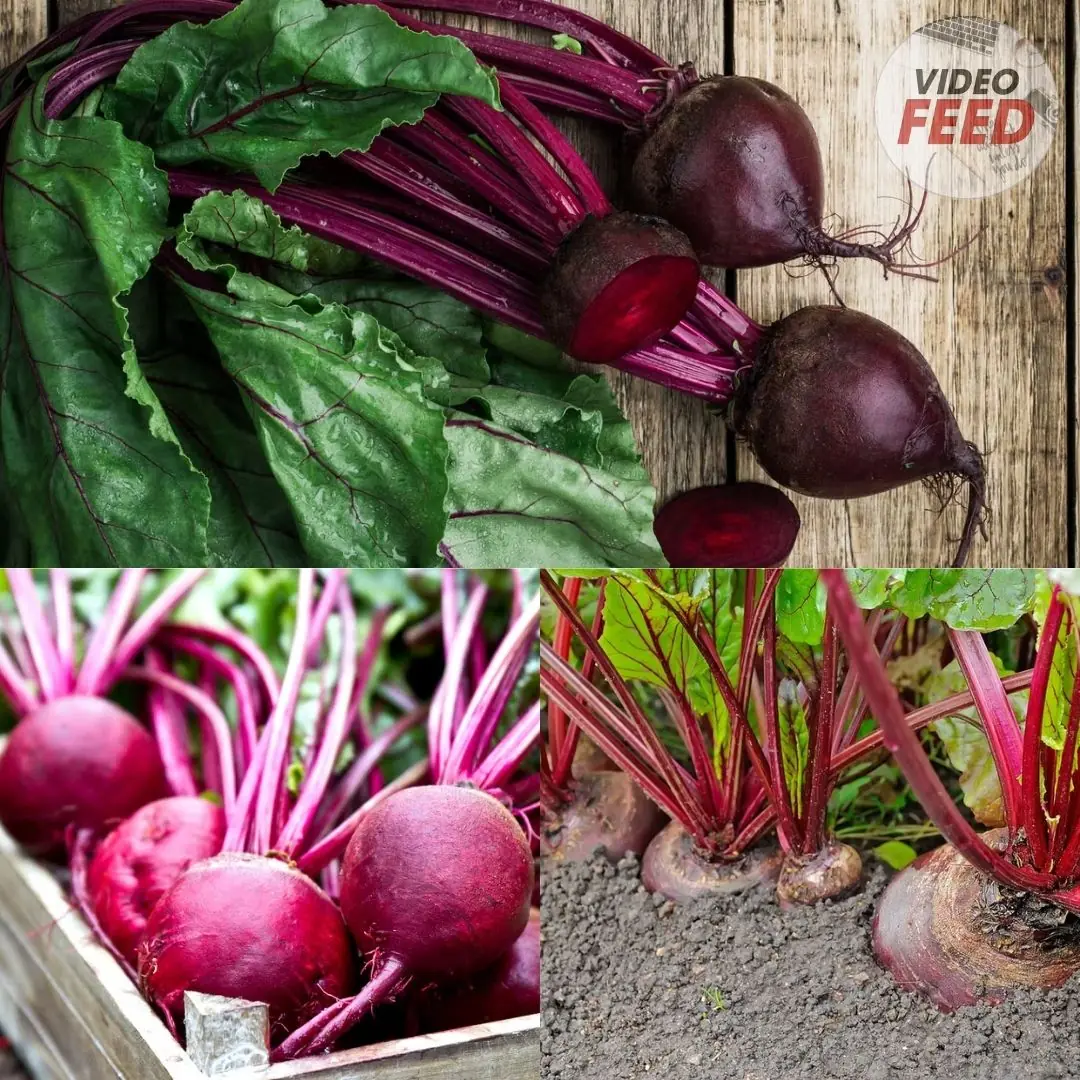
How to Grow Beets This Fall for a Hearty Autumn Harvest
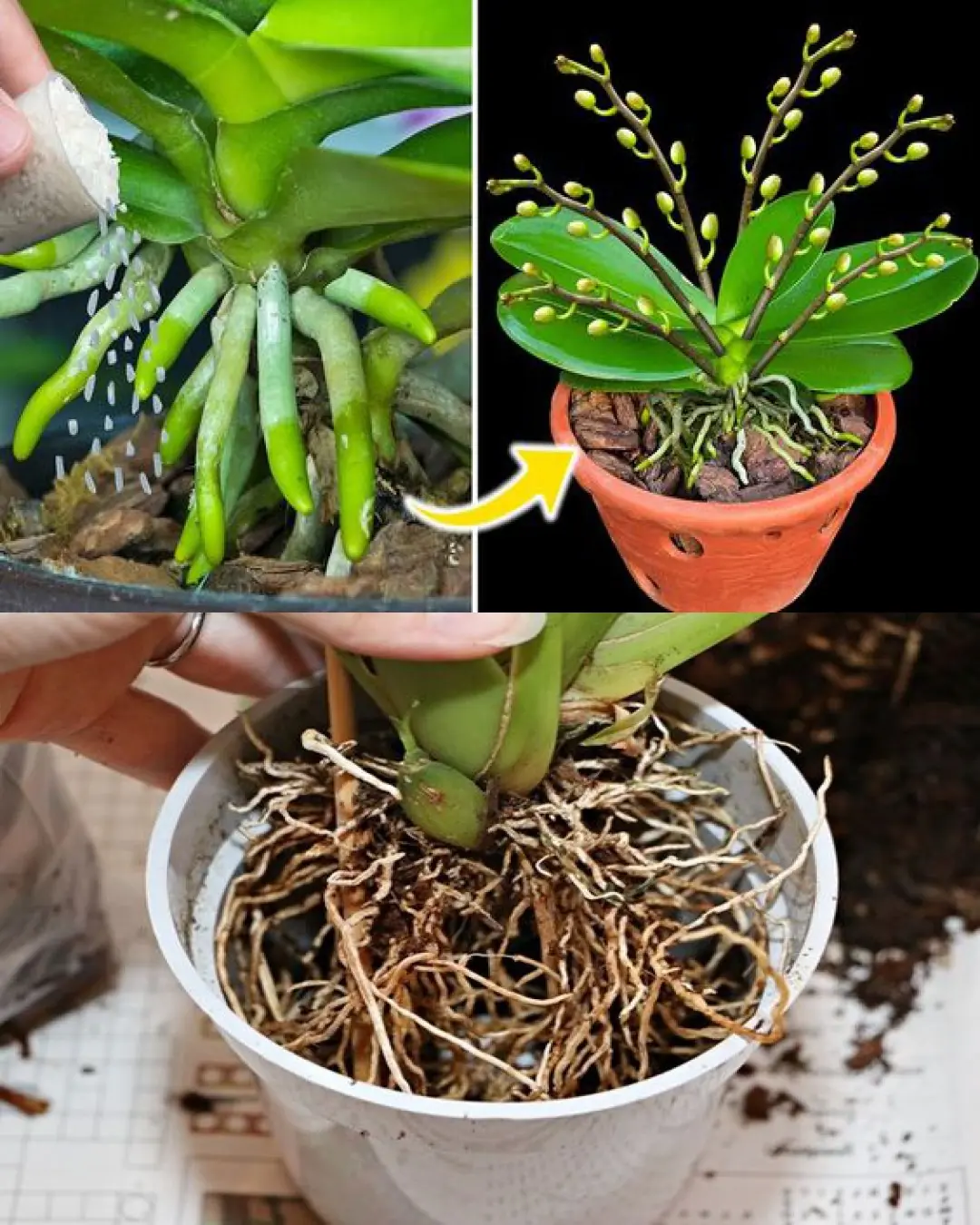
Deciphering Orchid Roots: Reasons They Extend Beyond Pots and Recommended Actions
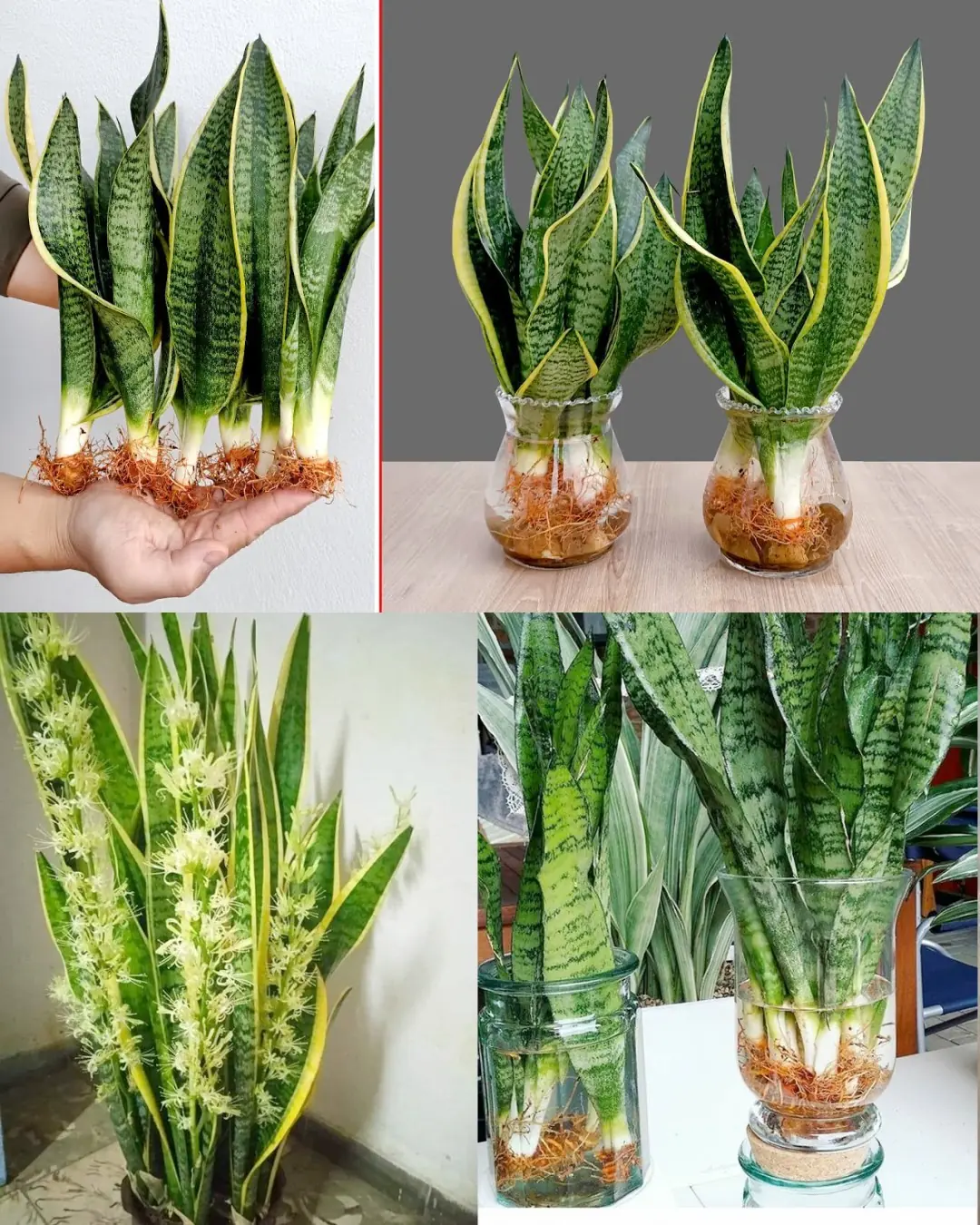
How to Multiply Your Sansevieria Quickly: From One Plant to a Thriving Collection
News Post

15 Years Can.cer-Free: Japanese Doctor Shares 5 Simple Habits to Keep Can.cer Cells from Returning

3 familiar household items that are harmful to health

6 eating habits that silently destroy your health
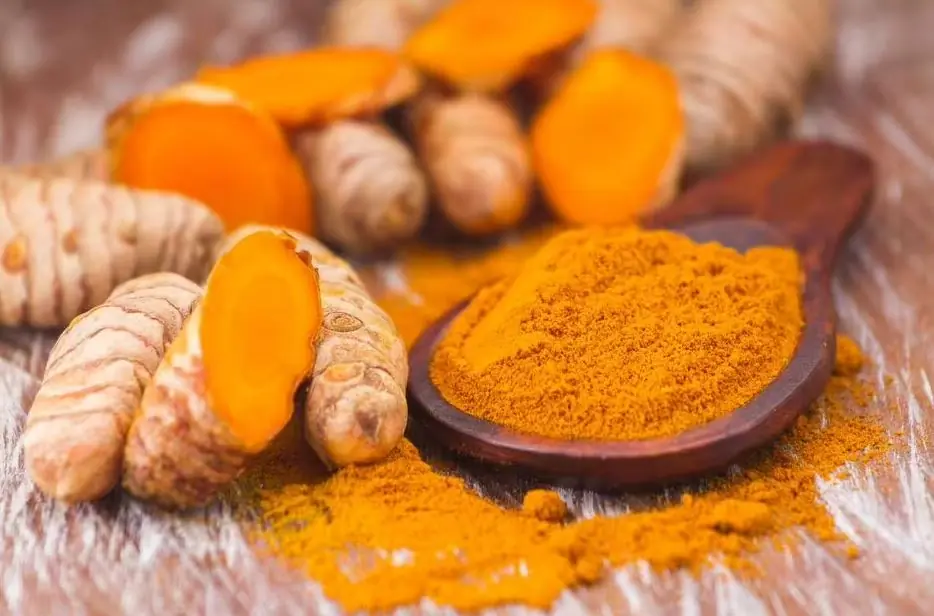
Diabetics are ‘very afraid’ of a spice that is abundant in the market: American experts say it is ‘as good as prescription drugs’
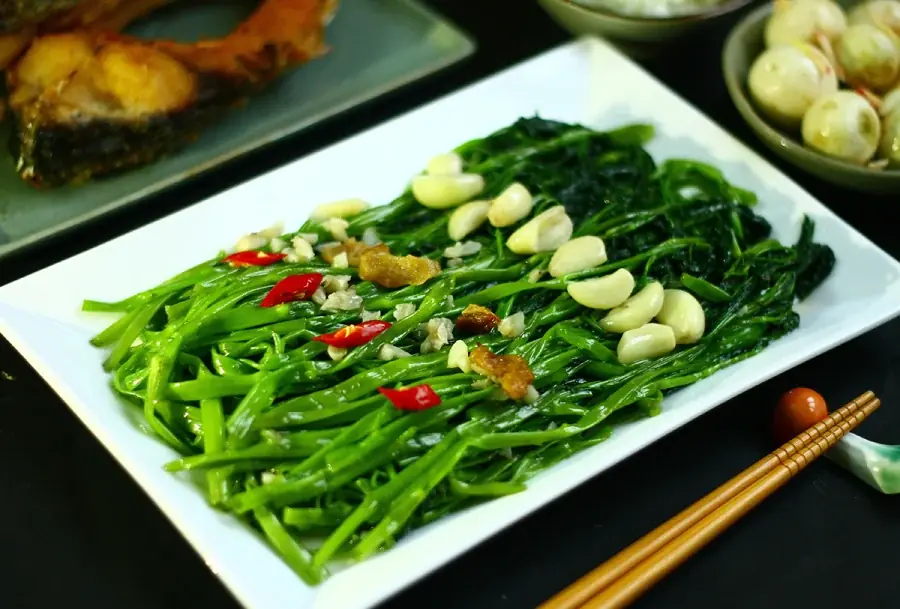
7 “Golden” Summer Vegetables: Fresh, Chemical-Free, and Worth Eating Every Day

Rub Ginger on the Soles of Your Feet Before Bed, and You’ll Experience Its “Miraculous” Health Benefits

When Installing an Air Conditioner, Avoid These 4 Spots to Protect Your Family’s Health

How to Grow Kiwi in Containers at Home

What happens to your body if you drink orange juice every day?

Revitalizing Orchids Using Tea: A Comprehensive Guide with Handy Tips
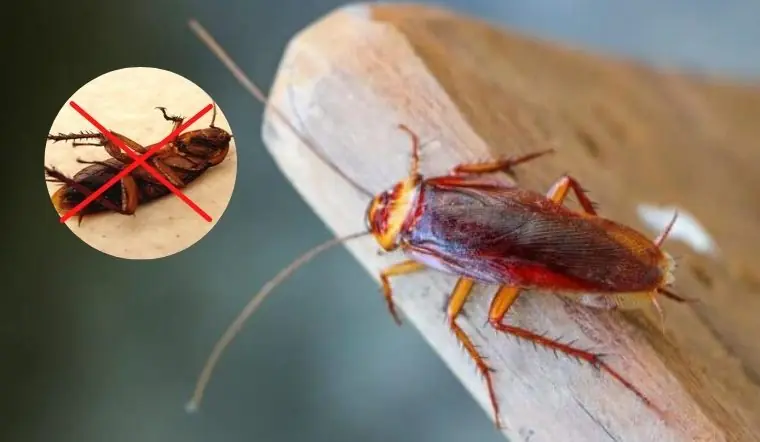
4 effective ways to ensure your home is free of cockroaches

Are two-headed snakes real? Why does this phenomenon occur?

A cup of hot water can offer many health benefits
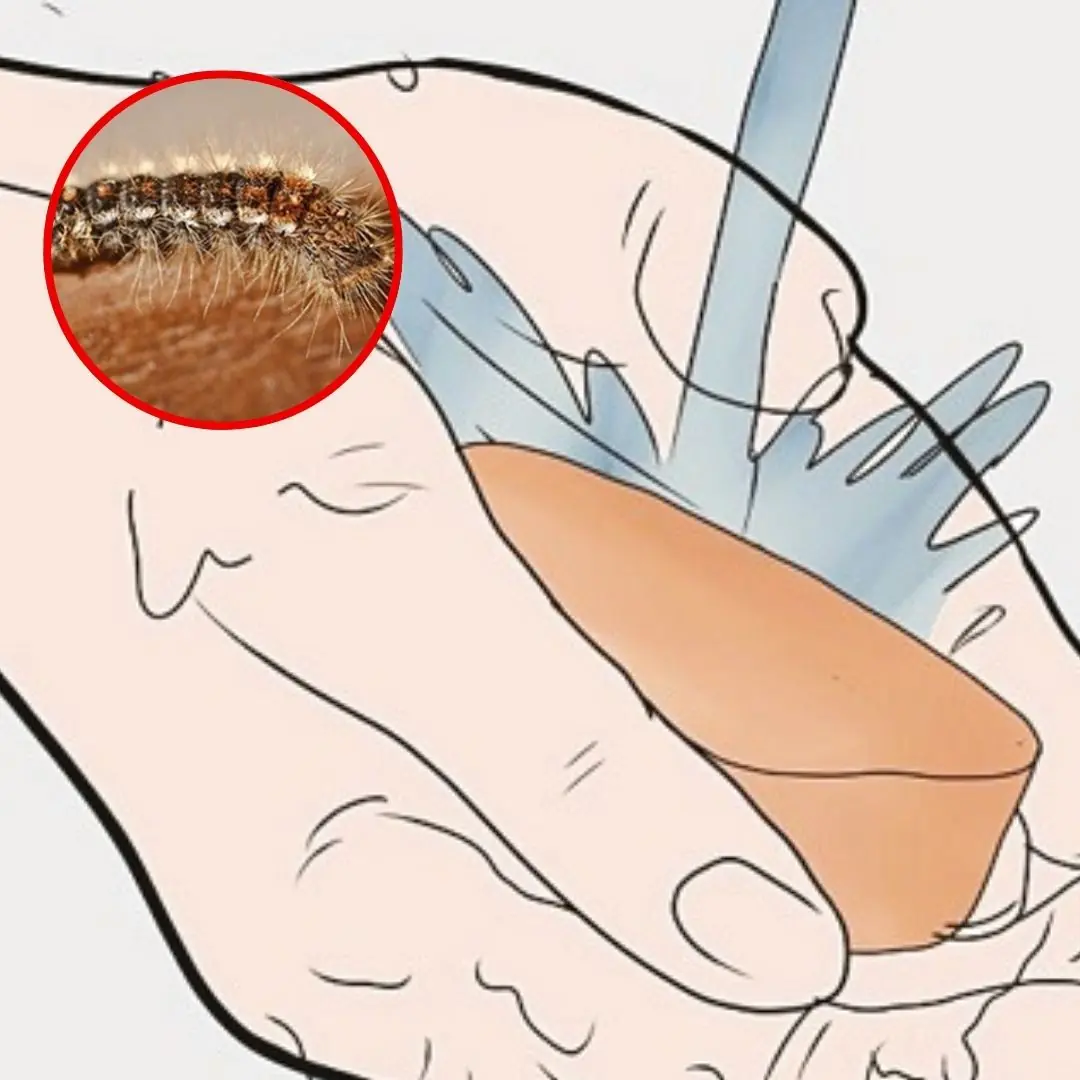
Caterpillar on you: 5 simple steps to treat at home

Otitis media – the “hidden culprit” causing vestibular disorders that many people ignore

Don't drink water before bed but still urinate at night, beware of these 3 diseases

How to Plant a Mango Seed and Successfully Grow

Secrets to growing lemongrass at home – easy to do, suitable for beginners
